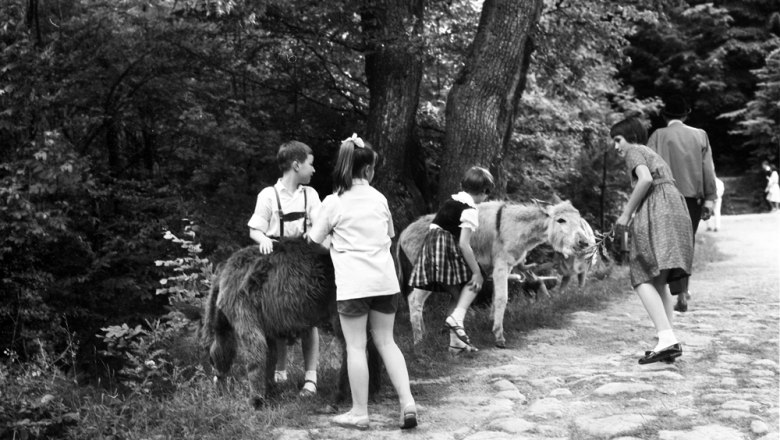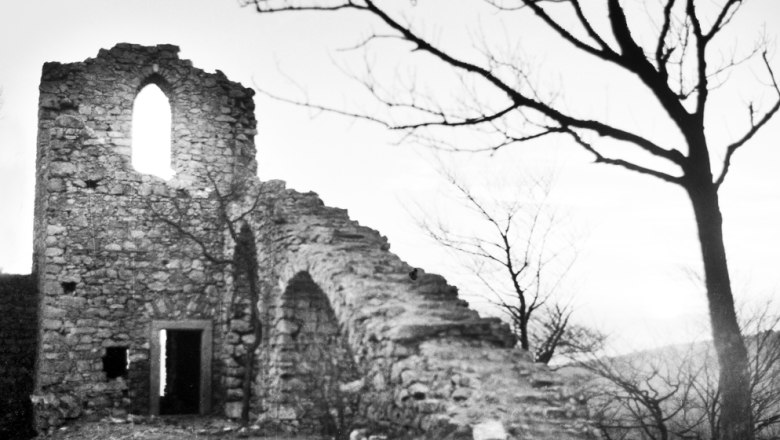History of the Park
“TO NATURE AND ITS ADMIRERS”
Inscription at the Liechtenstein Garden Palace in the 9th district of Vienna
Long before Nature Park Sparbach opened in 1962, the area around Sparbach and the Liechtenstein estates were the subject of extensive landscaping for the enjoyment and relaxation of the population.
Prince Johann I of Liechtenstein acquired the Johannstein - Sparbach Estate in 1808. Around the Sparbach Castle, which was built in 1810, a zoo was created beginning in 1812, which was surrounded by walls and partly by palisades. Fallow deer, roe deer, red deer and wild boar were released within this fenced area. The magnificently laid out view and wild meadows in the area were accented by romantic decorative buildings, such as the Triumphal Arch in the Diana Meadow and the Köhlerhaus Ruin. This Vienna Woods landscape, designed in the spirit of romanticism, attracted many Viennese people, including artists like Ferdinand Raimund, Georg Ferdinand Waldmüller and Nikolaus Lenau.
The park grounds and gardens express the spirit of an era and are a reflection of society, the political situation and the relationship between people and nature. As a countermovement to the baroque gardens with their strict formations, the landscape garden was created in England in the 18th century. English gardens are seen as staged landscapes, three-dimensional walk-in paintings whose task is to help nature to find its most beautiful expression.
The First Nature Park in Austria
The wildlife estate facilities were badly damaged during the war and post-war period. The walls were mostly destroyed and virtually all of the wild game perished. In 1958, the Provincial Government of Lower Austrian and the Administration of the Princely House of Liechtenstein took the initiative to build the first modern Nature Park in Austria in the area of the former wildlife estate.
The walls were repaired as far as possible and extended with fencing, which enclosed an area of around 360 hectares. The dilapidated ruins were restored, the paths renewed and the large meadow areas maintained. The original dedication as a wildlife estate was converted into a modern Nature Park, which was opened with much fanfare on June 29th, 1962. Then, as now, the Nature Park served to preserve this extraordinary cultural landscape and to offer the population a place to relax and experience nature up close and learn about the importance of its conservation through a wide variety of educational programs.
In Recent Times
In 2004 and 2005, the Nature Park was completely redesigned. In 2012, it celebrated its 50th anniversary and the Nature Park was named Nature Park of the Year. In 2018, Nature Park Sparbach acquired the Austrian Ecolabel for non-school educational institutions. Also in 2018, the new audio guide was awarded the “Best of Austria” award as an educational project.



